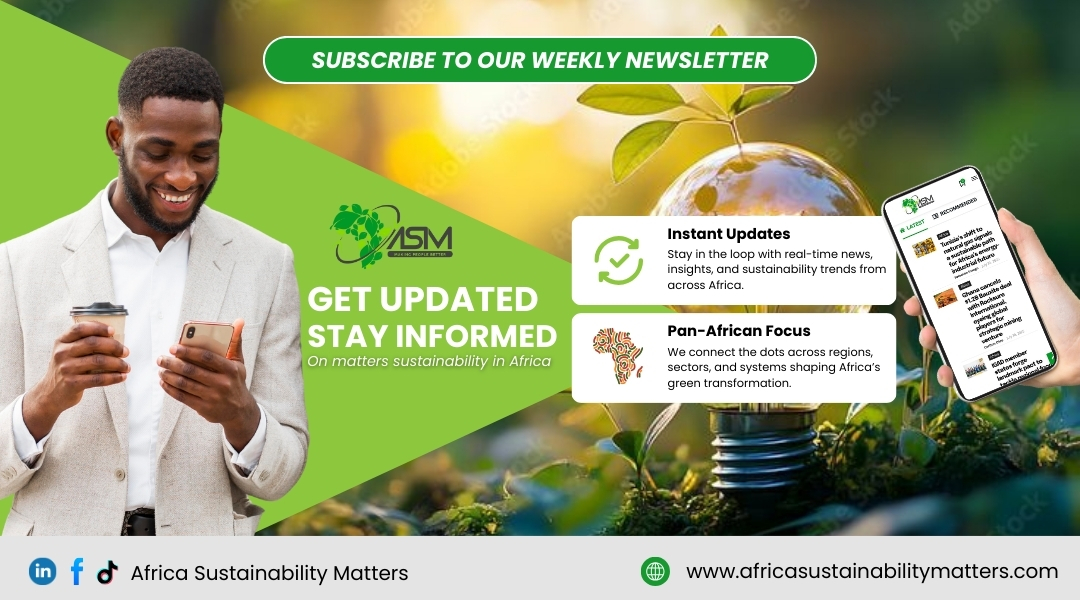The Carbon Disclosure Project (CDP) and the Global Reporting Initiative (GRI) have launched a new joint tool that could simplify one of the most persistent challenges in sustainability reporting; navigating overlapping frameworks. The new GRI–CDP Mapping Tool, announced on October 21, 2025, enables organizations to align data requirements for climate and energy disclosures across both systems, reducing duplication and improving consistency in environmental reporting.
The mapping tool represents a turning point for companies struggling to manage the growing complexity of sustainability disclosure. It allows users to identify where GRI’s new Climate Change (GRI 102) and Energy (GRI 103) standards correspond directly with CDP’s questionnaire datapoints. The goal is straightforward: one dataset, multiple uses. The mapping eliminates redundant processes, reduces reporting fatigue, and helps organizations deliver more coherent climate and energy information to investors, regulators, and stakeholders.
CDP operates the world’s largest environmental disclosure platform, tracking corporate performance on climate change, deforestation, and water security. In 2024, more than 22,700 companies disclosed through CDP, an 8% increase from the previous year, reflecting the growing pressure for transparency from investors and regulators alike. GRI’s standards, meanwhile, remain the most widely adopted for sustainability reporting, serving as a foundation for disclosure in over 100 countries and underpinning new global frameworks such as the IFRS Sustainability Disclosure Standards and the European Sustainability Reporting Standards (ESRS).
Read also: GRI and IFRS convergence marks a turning point for sustainability reporting worldwide
The GRI–CDP collaboration builds on a formal cooperation agreement signed last year, designed to strengthen the alignment of voluntary disclosure frameworks with emerging mandatory ones. For reporting organizations, this marks a step toward greater interoperability, a move long advocated by sustainability practitioners frustrated by multiple, overlapping frameworks that create inefficiency and confusion.
Amir Sokolowski, CDP’s Director of Climate, described the mapping tool as “an important step towards more consistent and effective environmental disclosure.” He noted that by using the new mapping, companies “can report GRI-aligned data directly to stakeholders and the global market, easing the reporting burden while strengthening access to high-quality, comparable information.”
In Africa, where sustainability reporting is accelerating but remains uneven, the development is especially timely. As governments and corporations face increasing investor scrutiny, a lack of standardized frameworks often results in inconsistent data and missed opportunities for international capital. Aligning CDP and GRI disclosures helps address these challenges by offering African companies a unified reference system for reporting climate and energy data in line with global standards.
Many African firms, particularly those in extractives, energy, and finance, already report under GRI, while institutional investors increasingly request CDP disclosures. By bridging these frameworks, the mapping tool could streamline compliance and enhance Africa’s integration into the global reporting architecture. It also supports local regulators, such as the Nairobi Securities Exchange (NSE) and the Johannesburg Stock Exchange (JSE), which are embedding sustainability disclosure requirements into listing rules.
GRI’s Director of Standards, Harold Pauwels, called the tool “a milestone in cooperation” between the two organizations, adding that it “helps entities use the same data for different information purposes like the CDP questionnaire and GRI sustainability reporting.” He noted that the initiative responds to feedback from organizations implementing the GRI standards who sought clearer guidance on aligning their climate, energy, and biodiversity disclosures across multiple frameworks.
The mapping also aligns with broader global efforts to harmonize sustainability disclosure systems. Both CDP and GRI have been working closely with the IFRS Foundation’s International Sustainability Standards Board (ISSB) and the European Financial Reporting Advisory Group (EFRAG) to ensure coherence across new climate standards.
In March 2025, CDP and EFRAG jointly released correspondence mapping between CDP’s question bank and the ESRS climate standard, and both CDP and GRI have committed to aligning their methodologies with the IFRS S2 climate disclosure standard.
For Africa’s corporate landscape, this development could help accelerate the move from fragmented sustainability statements to data-driven reporting aligned with international expectations. Sectors such as energy, agriculture, and manufacturing, all central to the continent’s industrial transition, depend heavily on clear, comparable emissions and energy data for investment and compliance purposes.
Inconsistent frameworks have long complicated this process. The GRI–CDP mapping offers a practical foundation for companies to streamline data collection and increase credibility in sustainability reporting.
According to Impact Africa’s sustainability analysts, harmonization between frameworks also has a broader impact: it builds confidence in sustainability data, enabling financial institutions to integrate climate risk more accurately into lending and investment decisions. Development finance institutions, which increasingly tie funding to ESG performance, will likely view the mapping as a signal of greater reliability and comparability in corporate disclosures coming from Africa.
While the new tool is technical in nature, its implications are strategic. Simplified reporting reduces administrative costs, freeing up time and resources for companies to act on their climate strategies rather than simply reporting them. It also strengthens transparency, a cornerstone of sustainable business governance, by making it easier to verify claims and track progress across jurisdictions.
The GRI–CDP mapping tool can be accessed through both organizations’ websites, with accompanying guidance for companies adopting the new GRI 102 and 103 standards. Its release signals a broader convergence in the sustainability reporting space, one where efficiency, comparability, and transparency are becoming as important as disclosure itself.
As Africa’s corporate sector deepens its participation in global markets, this kind of alignment could help bridge one of the continent’s most persistent gaps in the sustainability transition: reliable, standardized data. In the end, better alignment does not just reduce paperwork, it improves accountability, strengthens investor trust, and enables measurable climate action across borders.
Access the GRI-CDP mapping, here.







